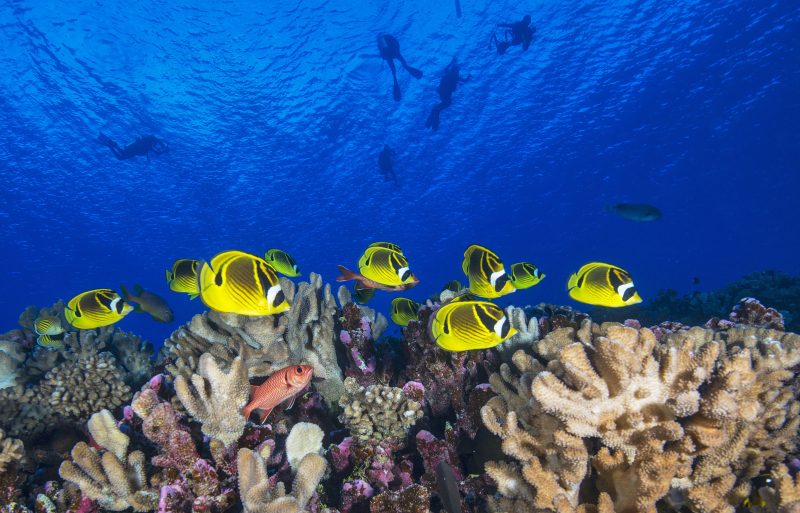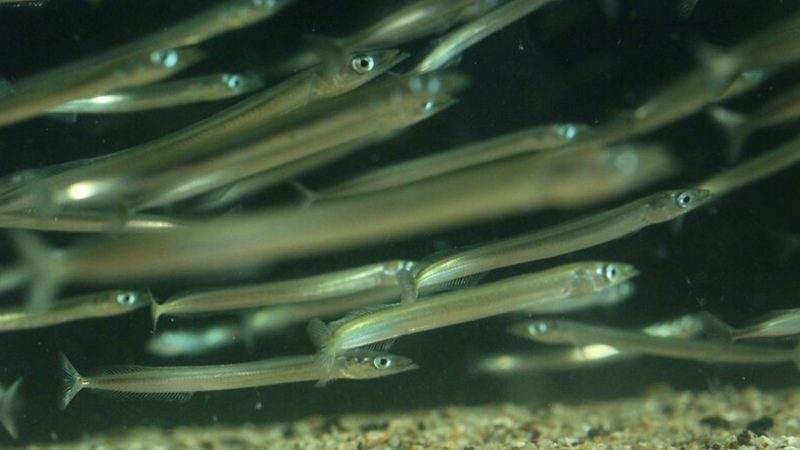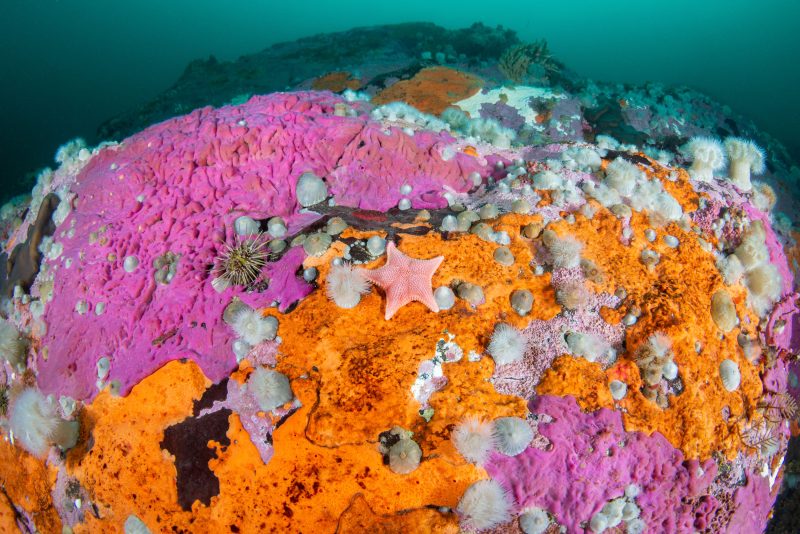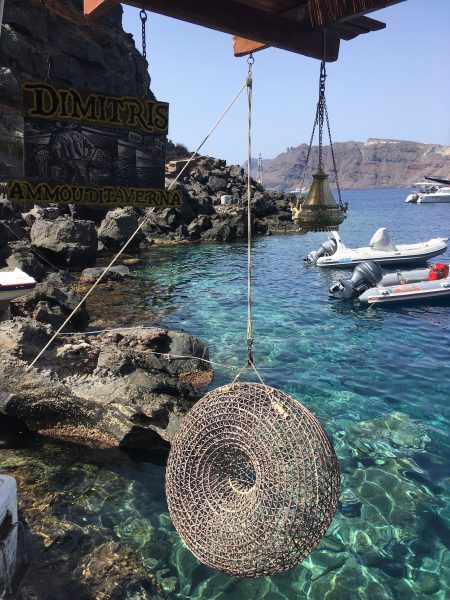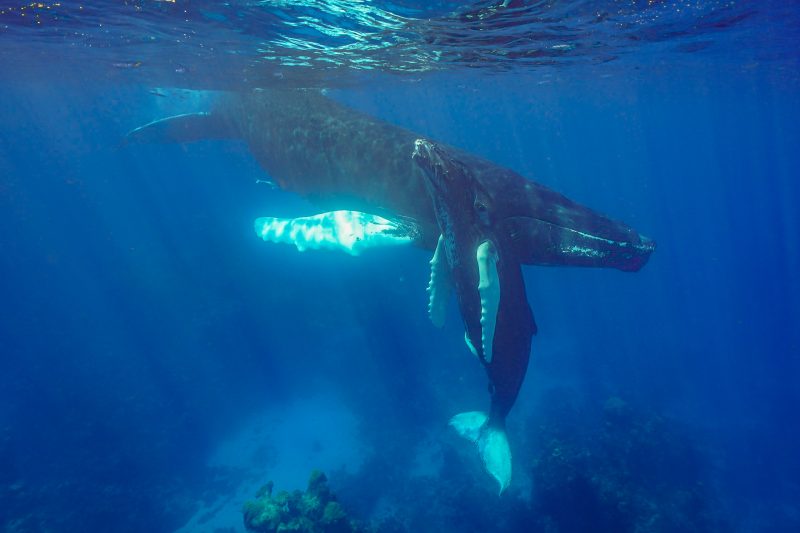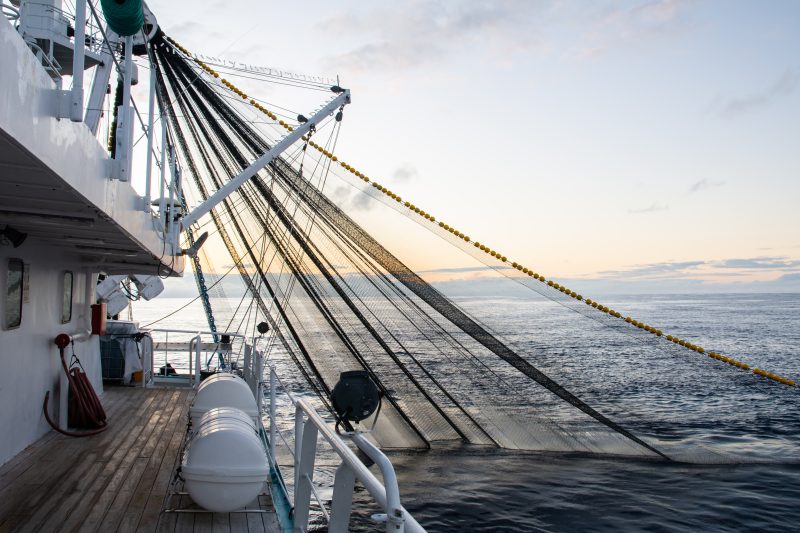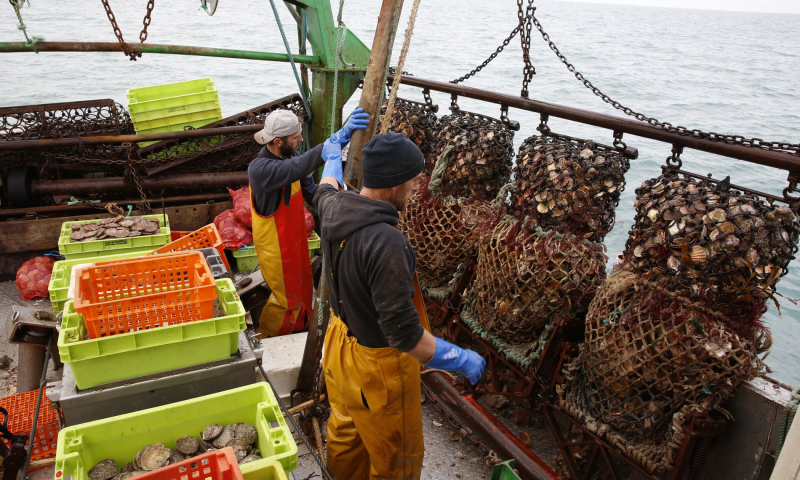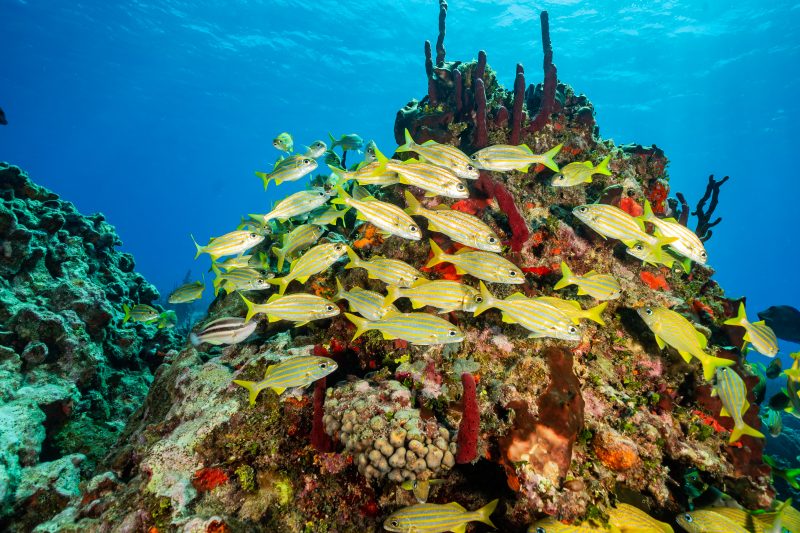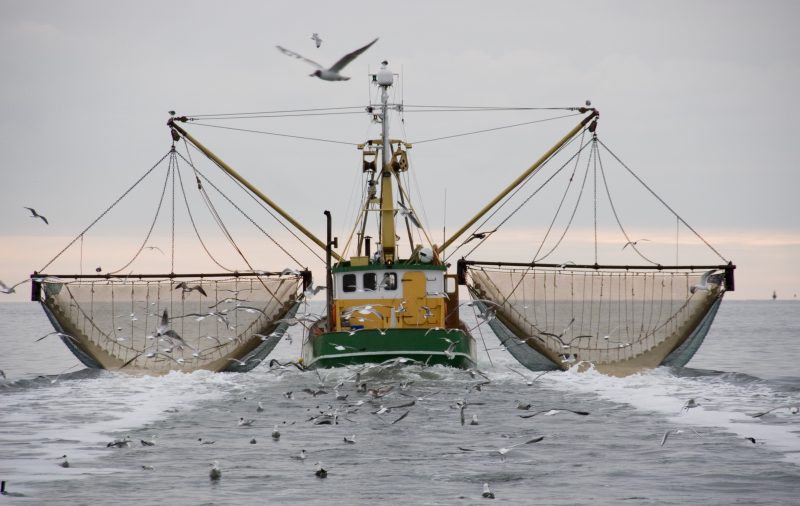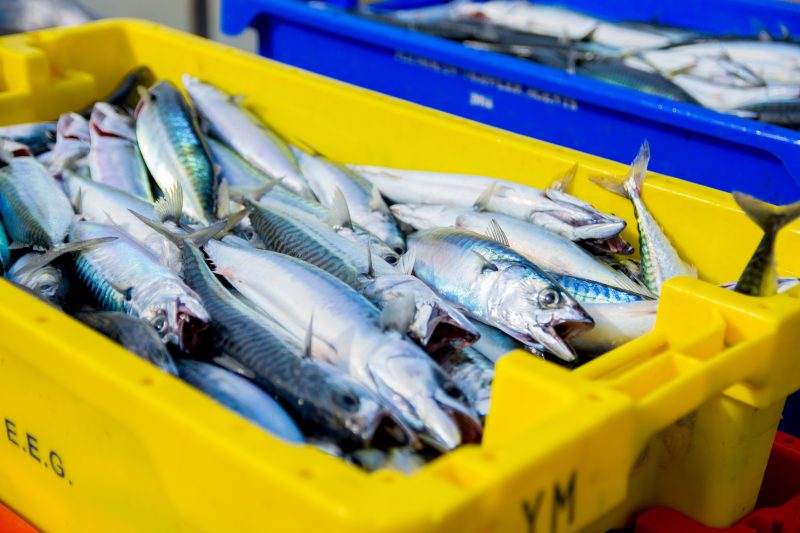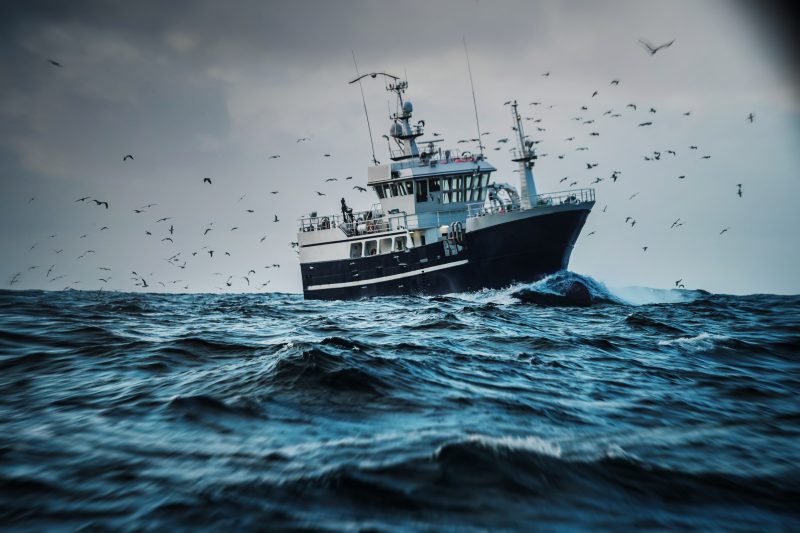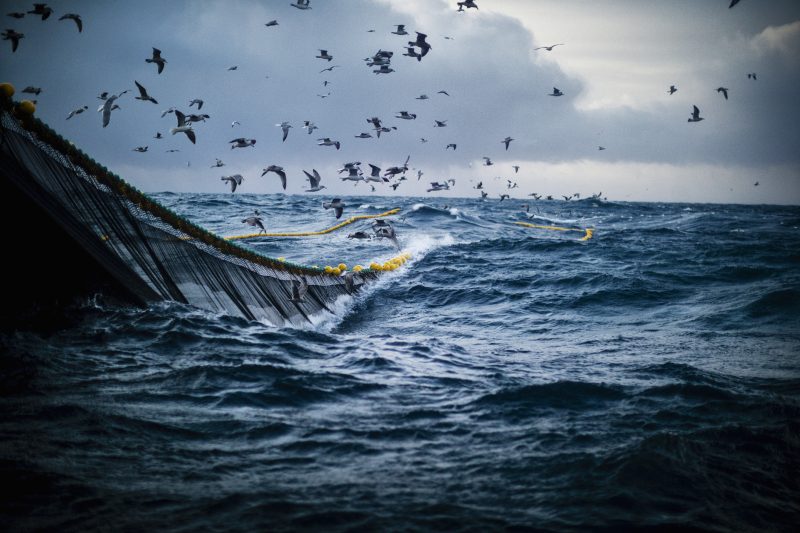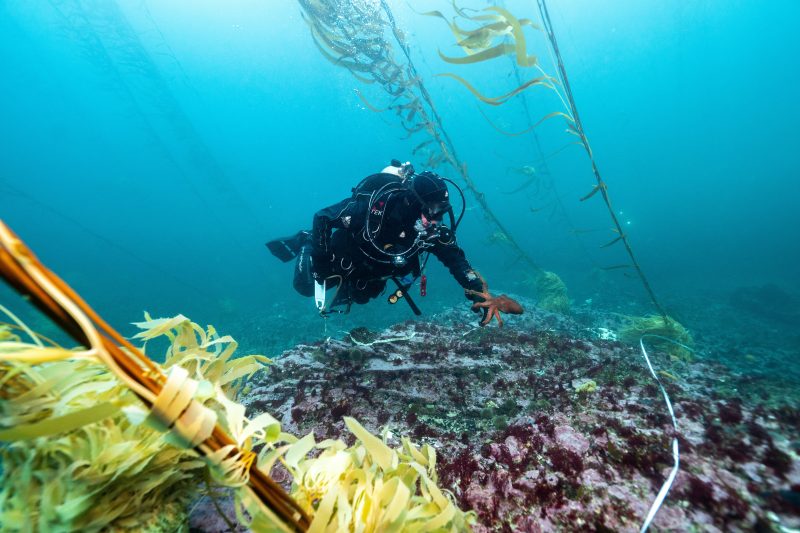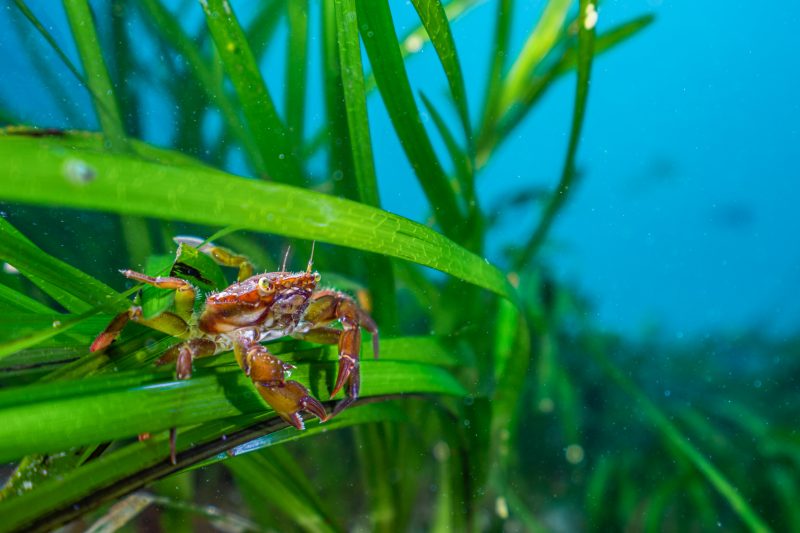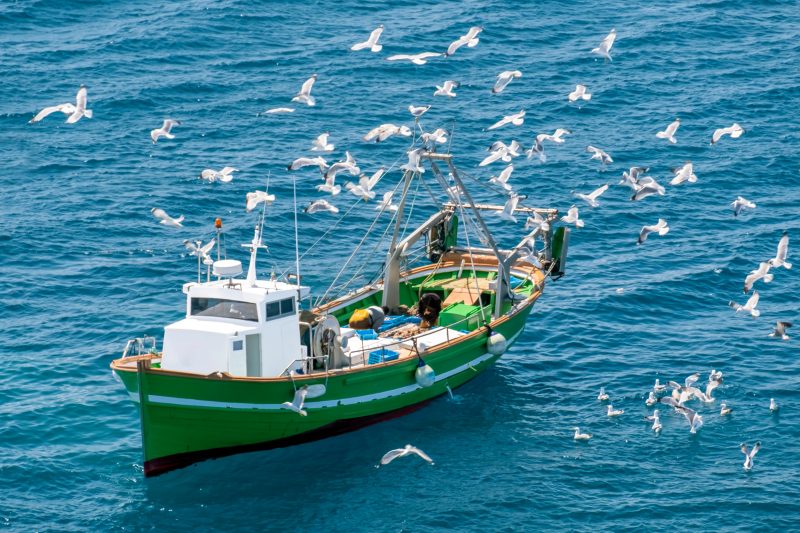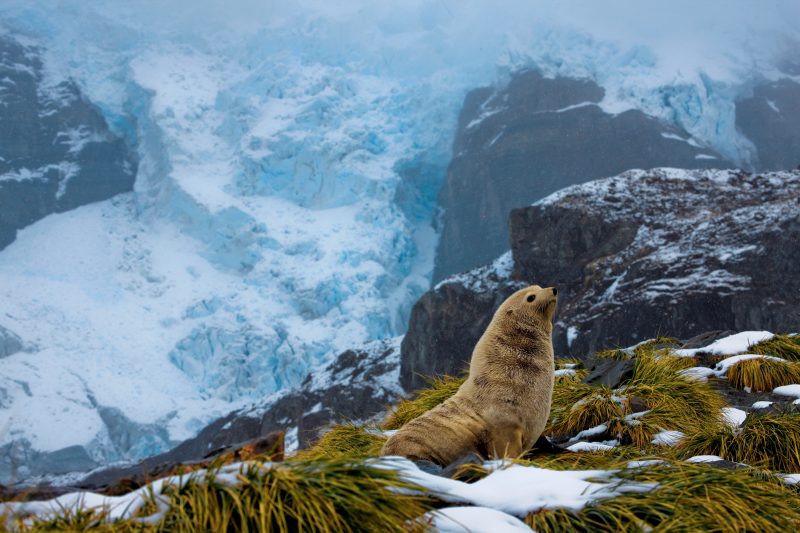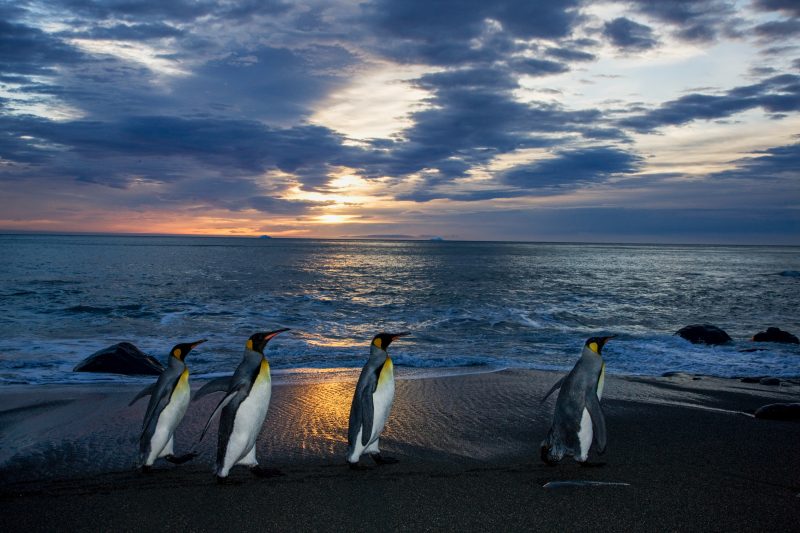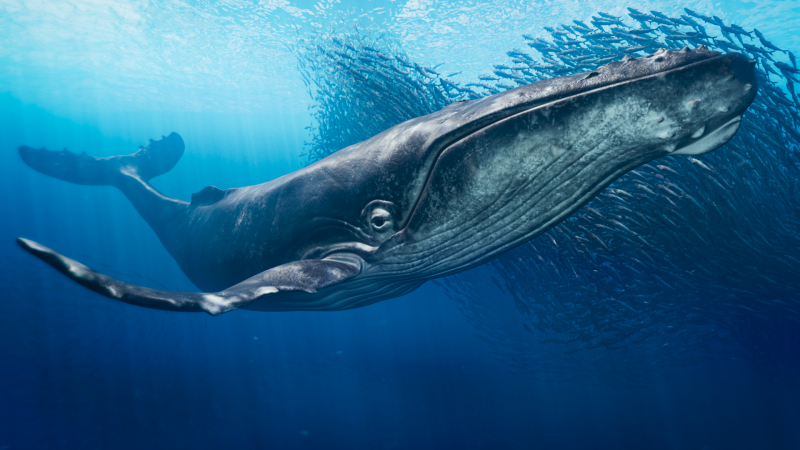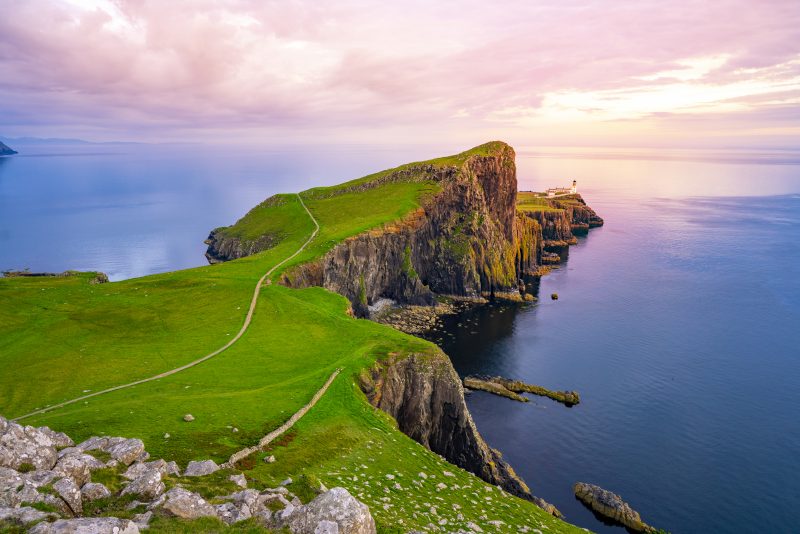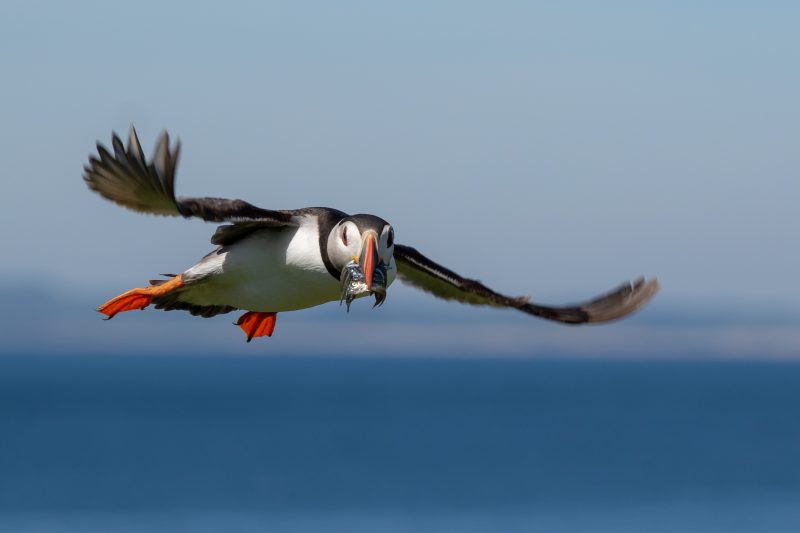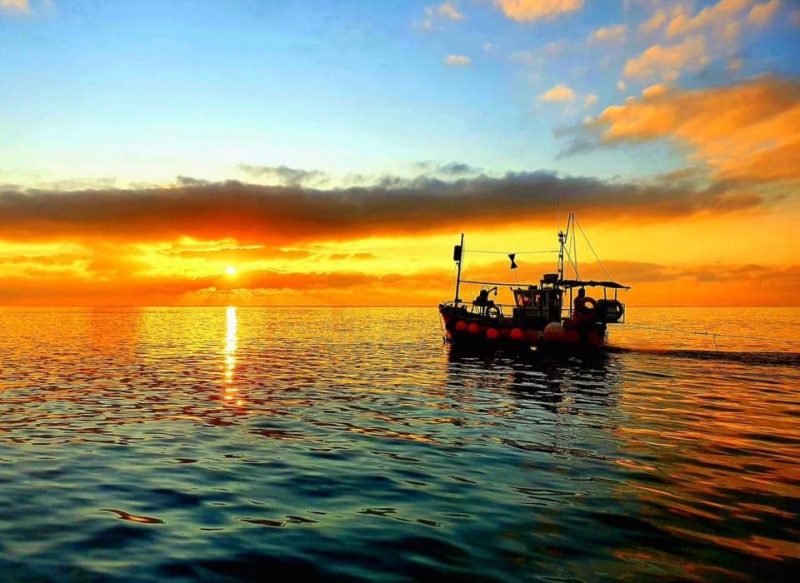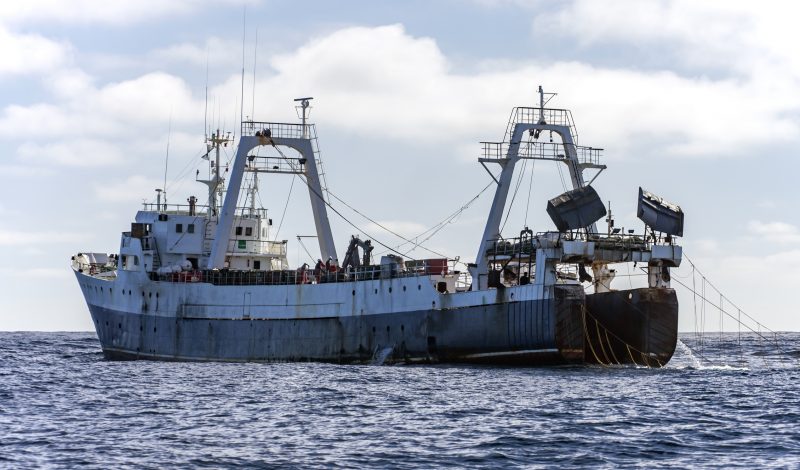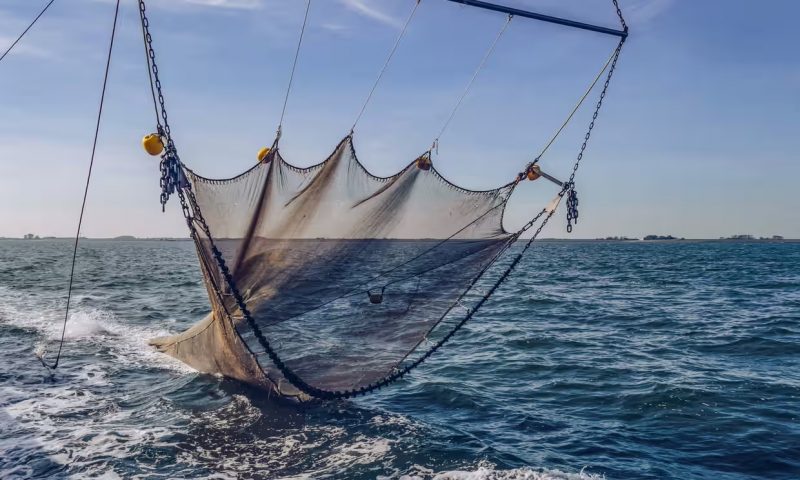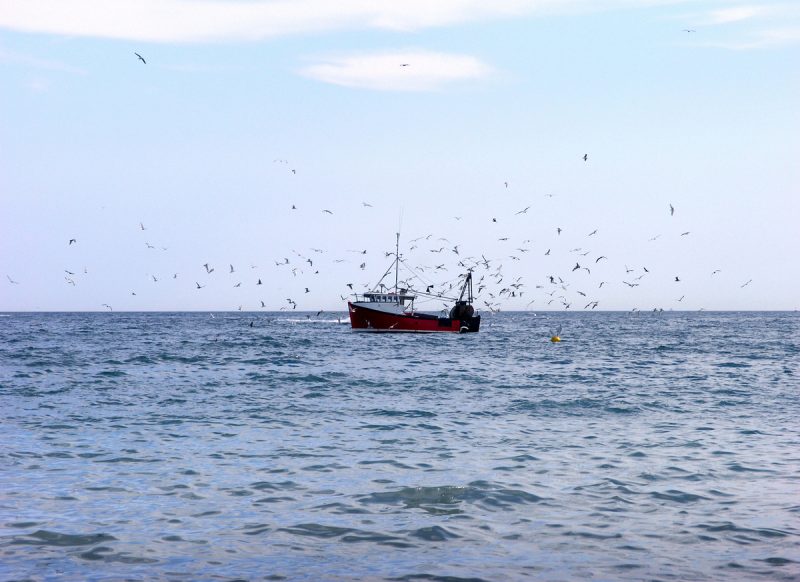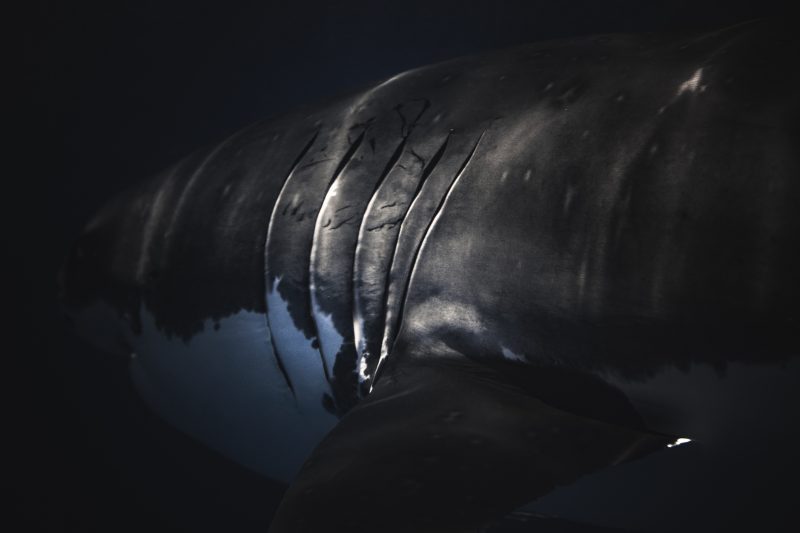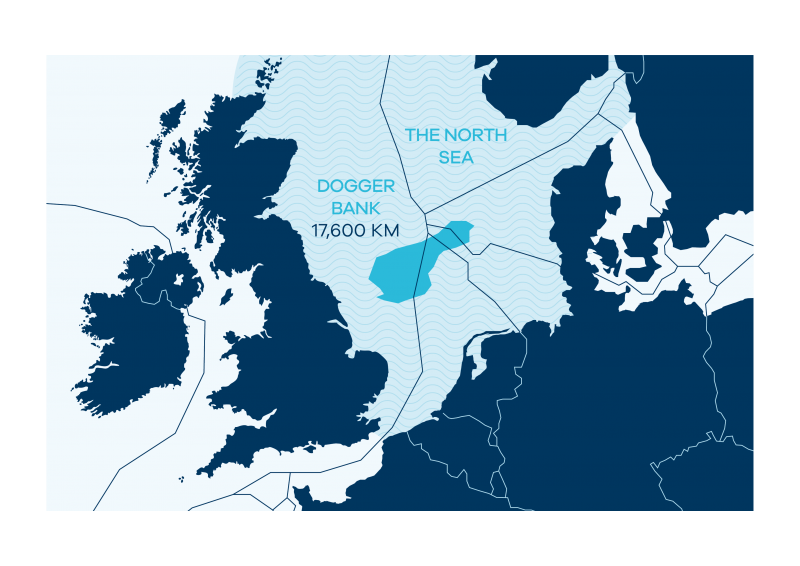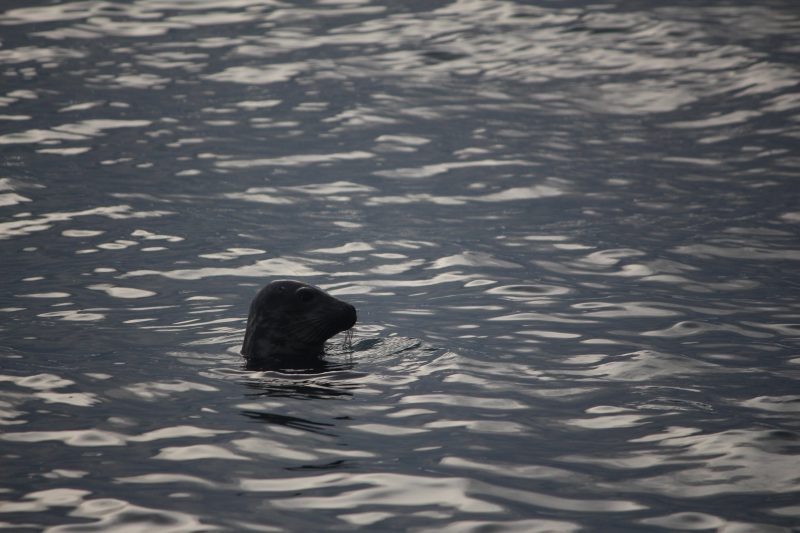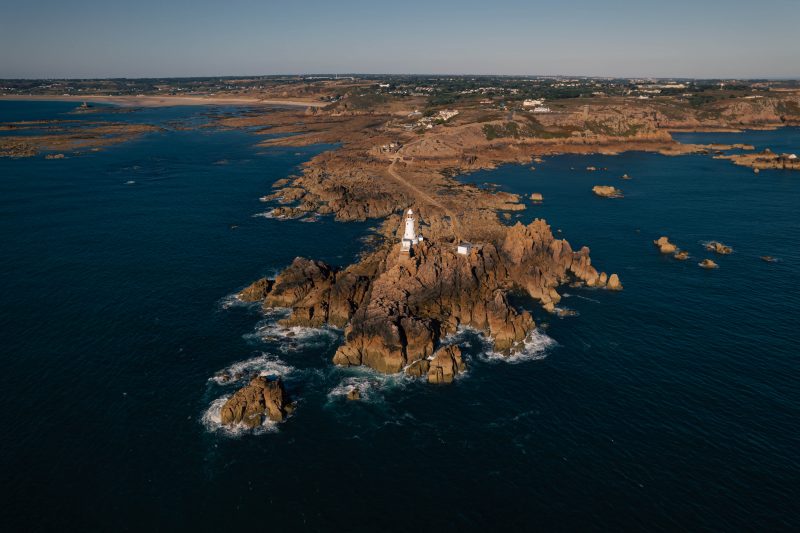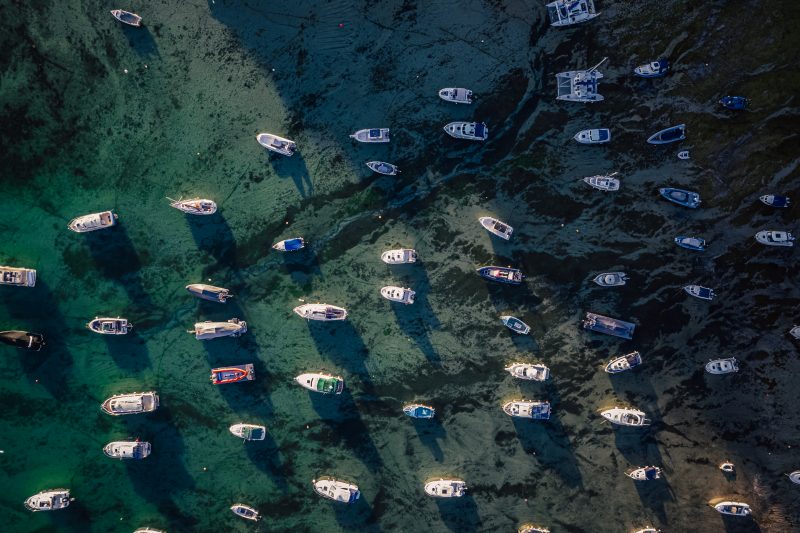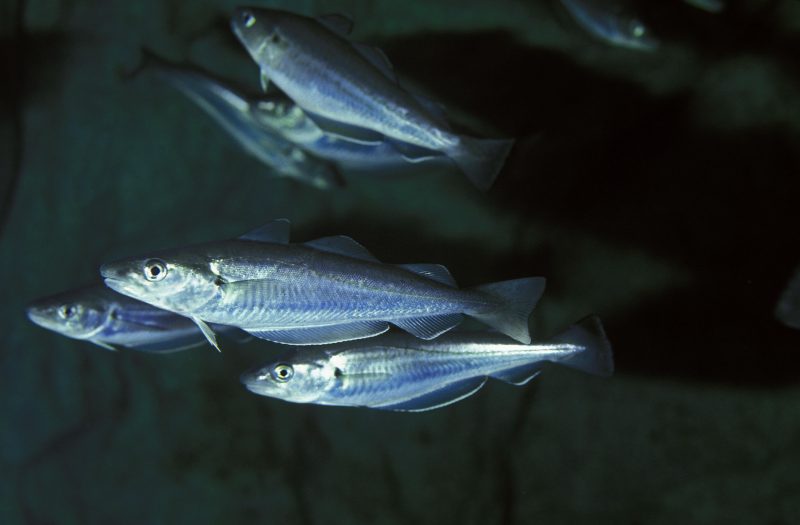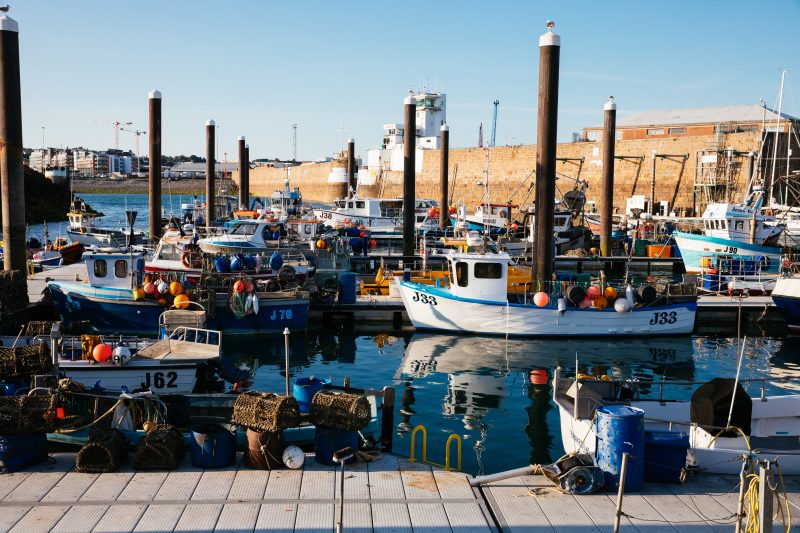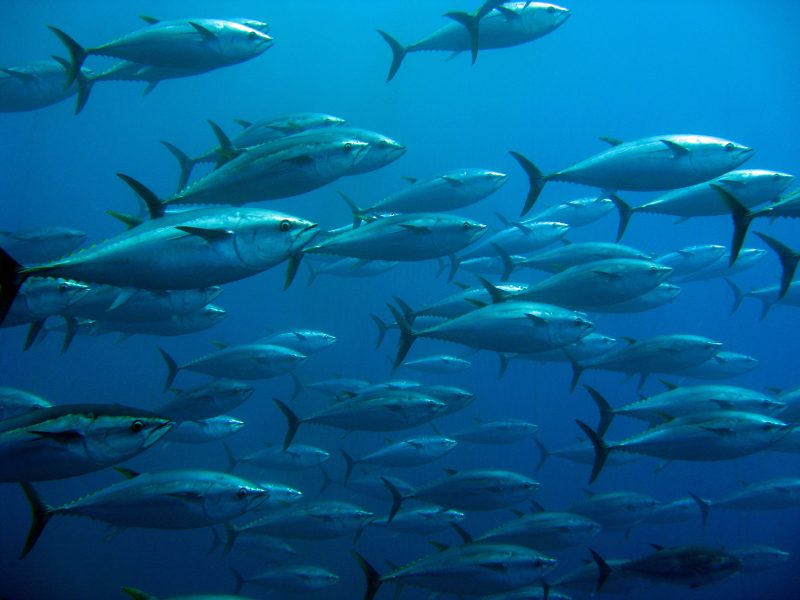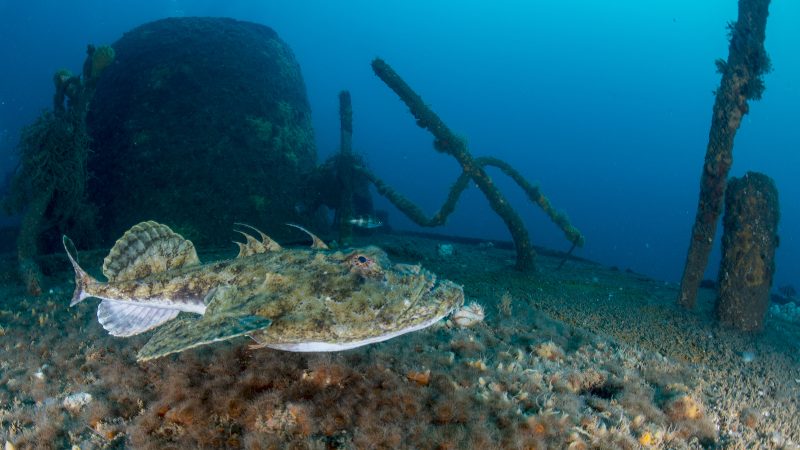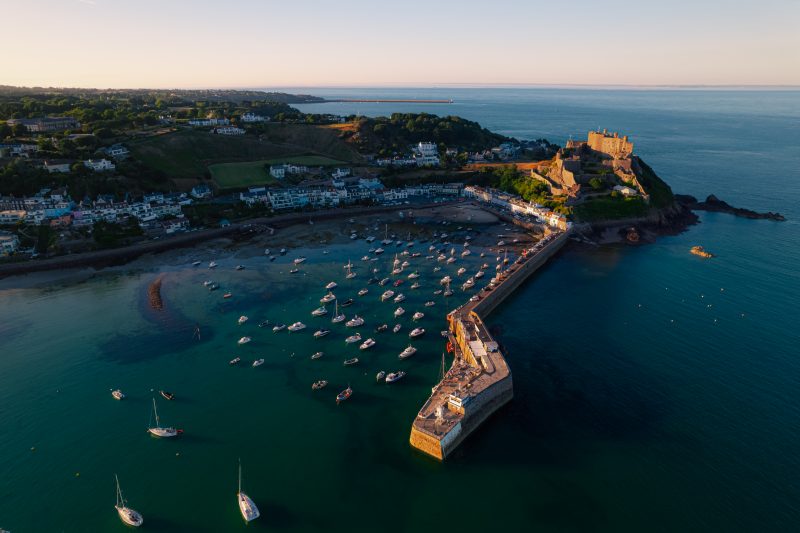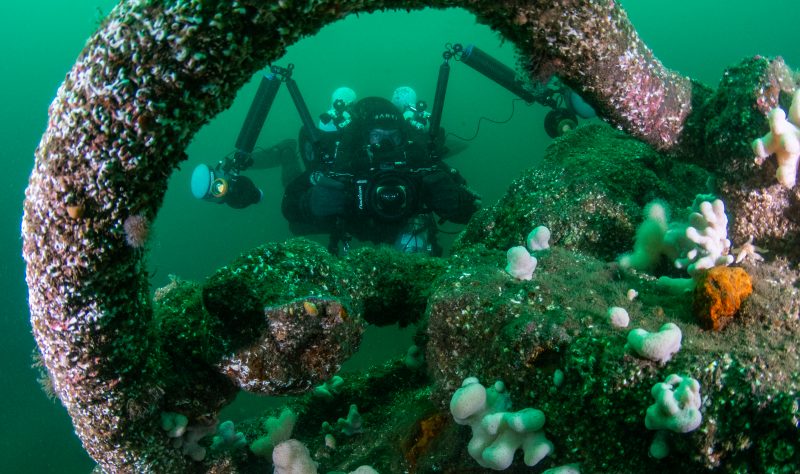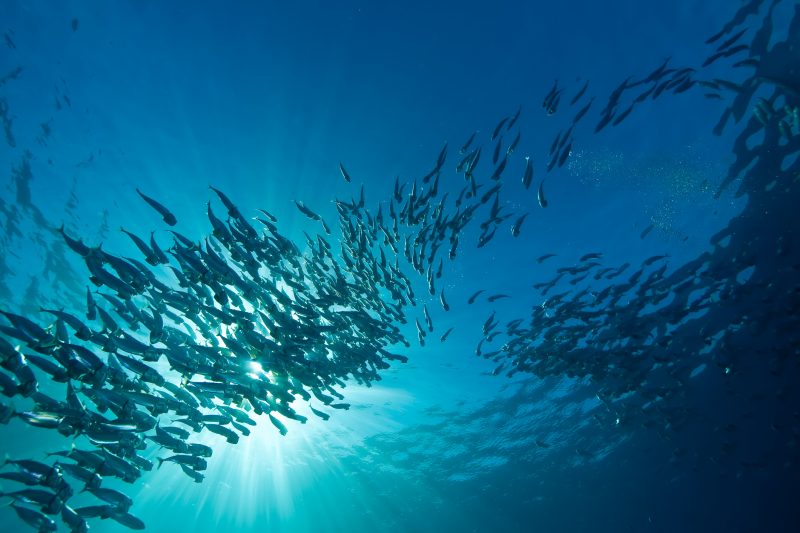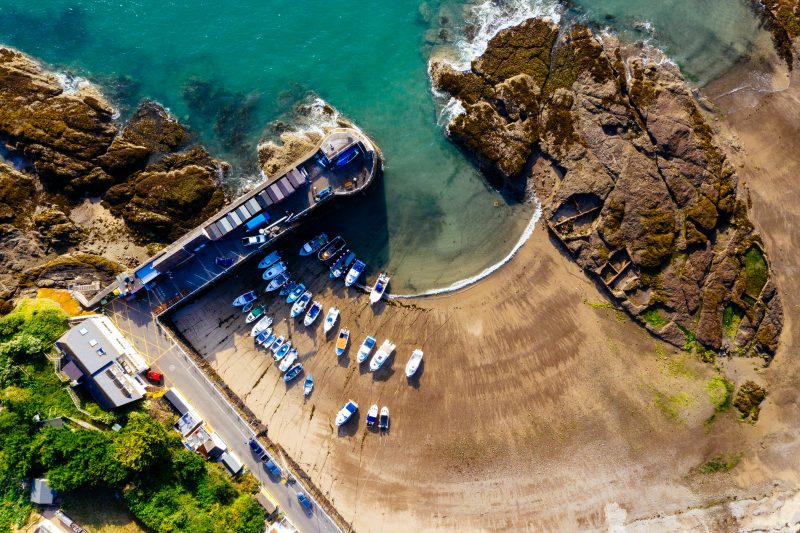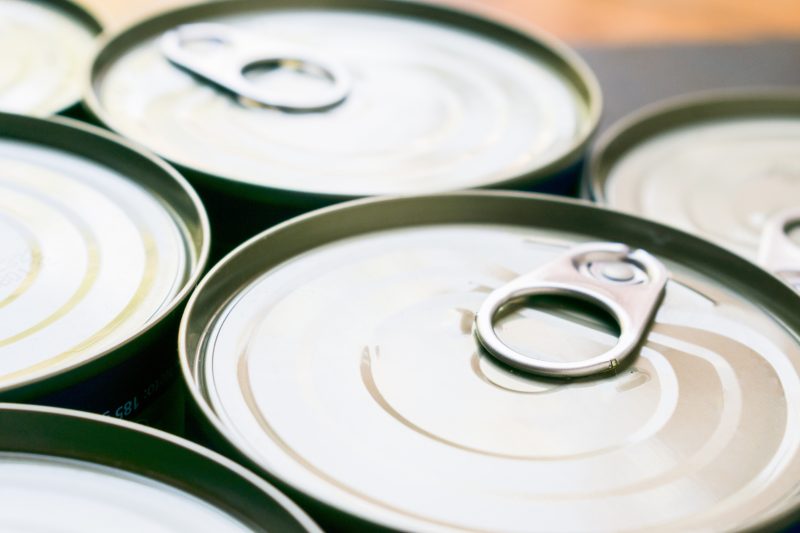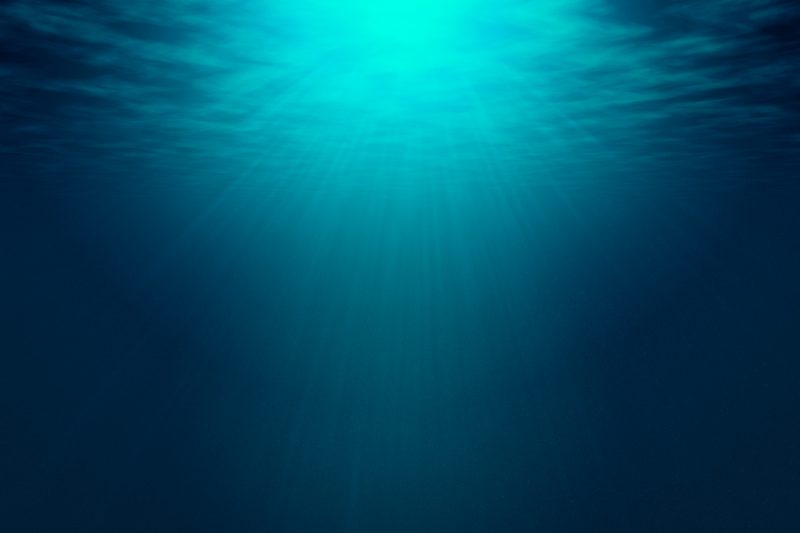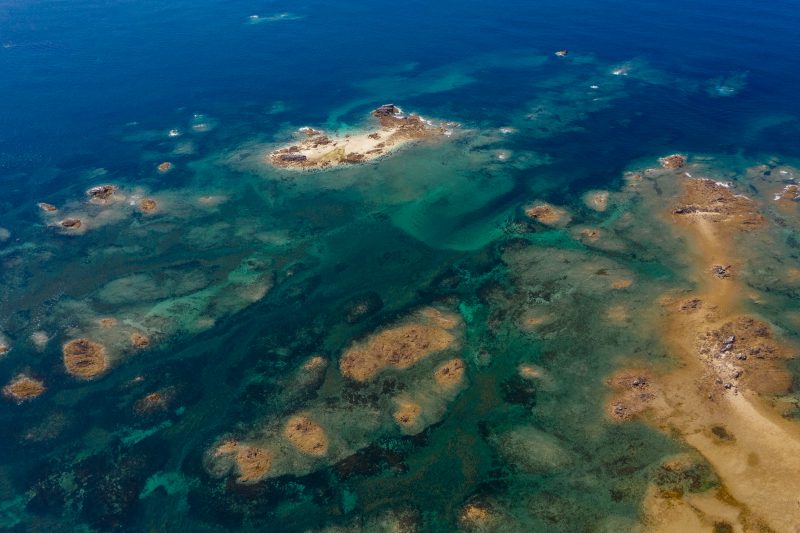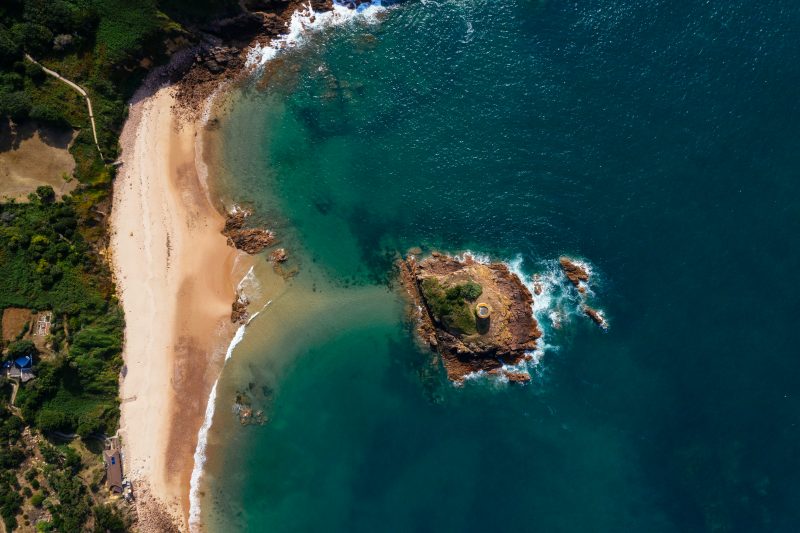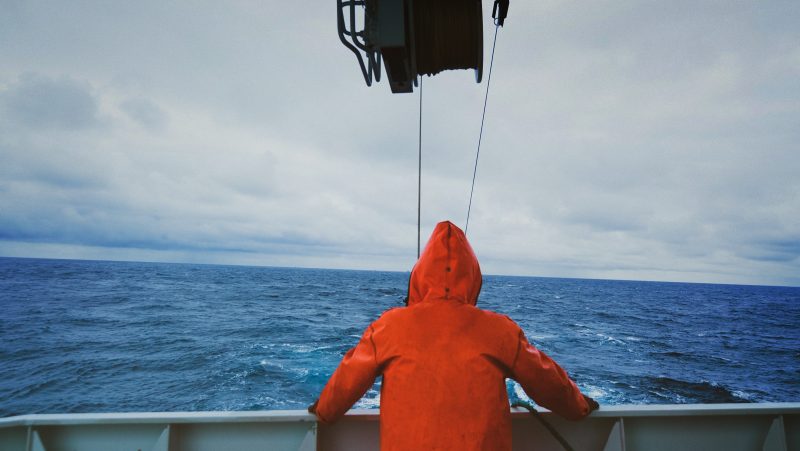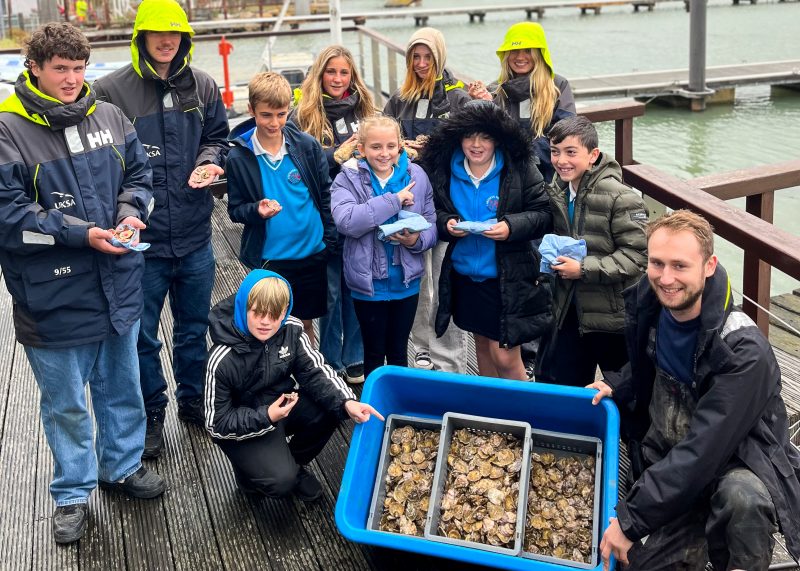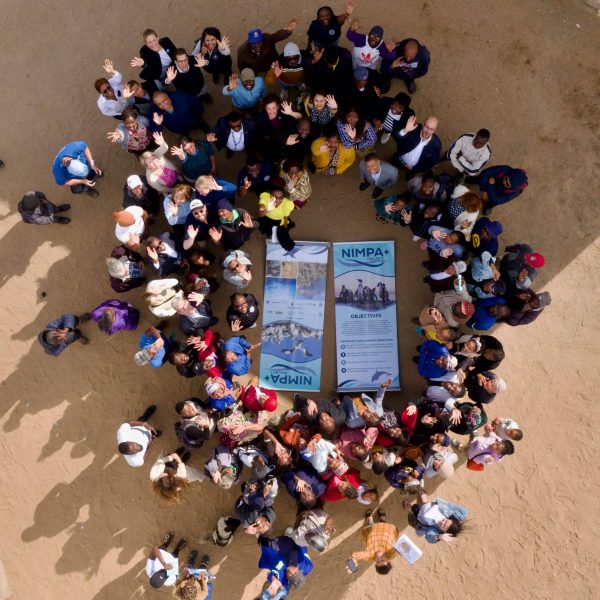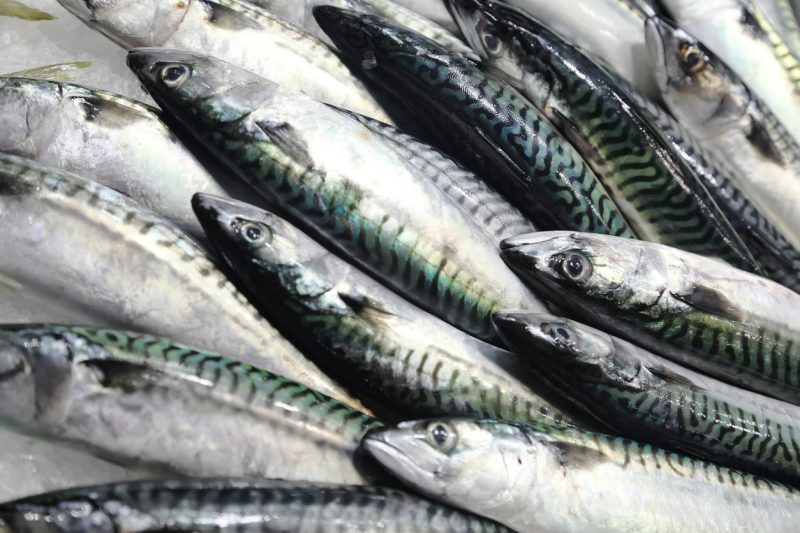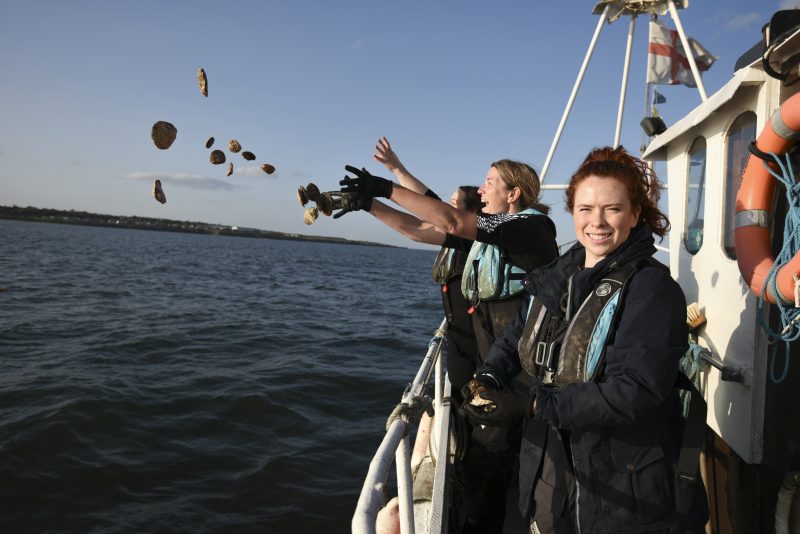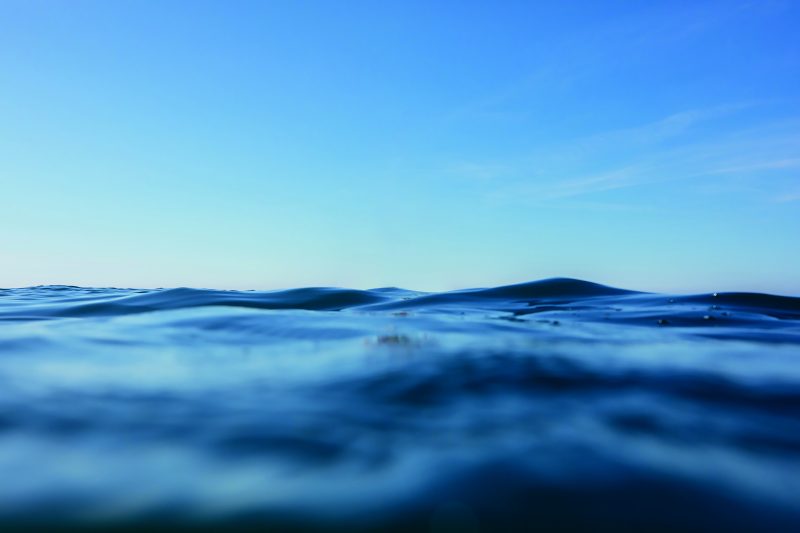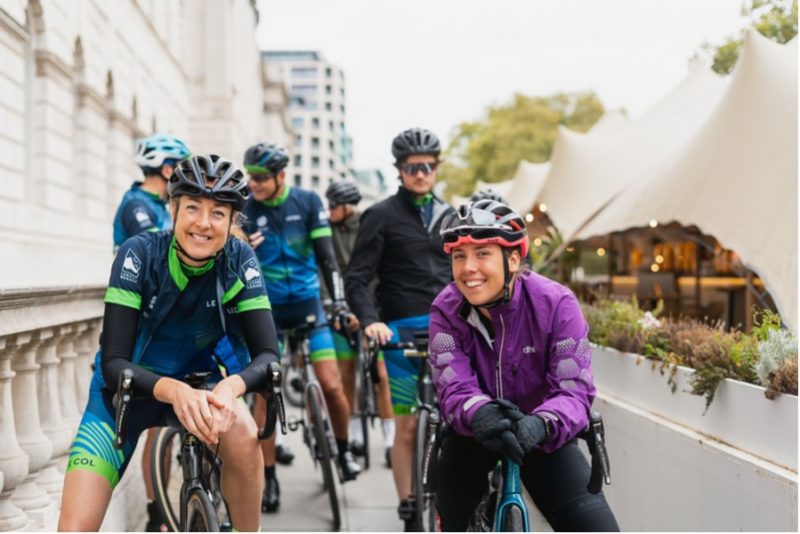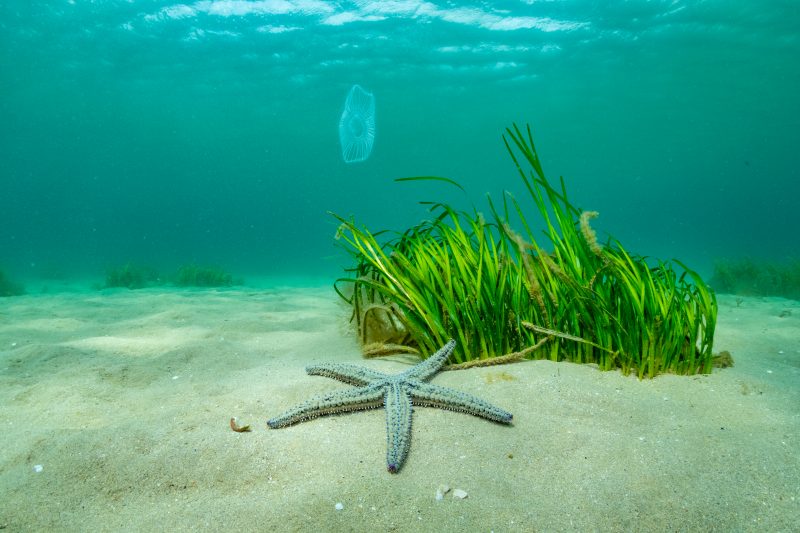George Bullard and Olly Hicks are two modern day explorers who have just returned from another record-breaking expedition. The pair were trying to unravel the truth behind an ancient myth in the ferocious North Atlantic Ocean while raising awareness of the Blue Marine Foundation.
In 1728, an Inuit man arrived on a beach in the North East of Scotland, near Aberdeen. He was wearing full seal skin clothing, paddling a traditional Greenland skin-on-bone kayak and carrying all his hunting gear. He died three days later. Until now nobody knew how that man got there, whether he did indeed paddle 1,200nm from Greenland or whether he came by other means! This is what George and Olly set out to discover by finding whether he could indeed have paddled the entire way.
This is their account:
“As we lowered the kayak into the water at the Greenlandic ice-edge, there was a mixture of emotions, from fear of risking our lives on the North Atlantic Ocean, apprehension as to what lay ahead of us and excitement at the prospect of experiencing true, unbridled adventure.
“We lived in the kayak, resting and paddling both at the same time, barely an inch above the bitterly cold ocean water. This was black like the inside of a cave and made your hands flinch with every touch. It had us questioning what animals could survive in such Arctic temperatures. Dressed in nothing more than a dry suit and a fleece base layer, we battled against the unforgiving ocean weather, until after 46 hours of paddling we arrived on a beach in North West Iceland. Unable to stand upright, we staggered to a fresh water stream and collapsed into it.
“Life on board the kayak is beyond difficult – completing the simplest of tasks seems to take hours. Cooking hot meals was one way of mitigating our largest risk: hypothermia, but as you might imagine cooking at sea is difficult, cooking in a kayak at sea is almost impossible.
“The following two weeks consisted of paddling 600nm between headlands around the north and east coast of Iceland until we reached Neskaupstadur. Not only did we pass some of the most majestic fjords and mountains, we also met some incredibly generous and welcoming people before arriving at our last stop on the Icelandic coast.
“Our first attempt to cross from Iceland to the Faroes was unsuccessful as we met a fishing boat whose crew strongly advised us to return to shore for fear of our lives – we called our weather forecasters and asked for their opinion; two out of three said that we should head back to the mainland, so we did! This leg was our longest and most dangerous stretch of open ocean famously called ‘The Devil’s Dancefloor’. There was no support boat next to us, so once we left land we were committed. We had everything we needed to exist, from loo paper to fresh water. This leg could have taken us up to a week, and of course weather forecasts aren’t so accurate that far out – hence the danger. If the weather had changed for the worse, we had nowhere to hide.
“The second time we left for the Faroes, we made it, at 3am as the sun was about to rise surrounded by vast cliffs and a still, unmoving ocean. We hit the beach having crossed 260nm of ocean in just under 100hrs.We crawled out of the kayak, collapsed into the sand of Tjornuvik Bay and were relieved to have dry land beneath our feet once again. Arriving into the Faroe Islands was a moment we will never forget.
“We had been away from home for almost two months and the summer season was drawing to a close. Our weather windows were not only getting shorter, but they were also becoming less frequent. The weather was our dictator; it was the only factor that would determine whether this expedition was possible or not.
“Three weeks of waiting and after one false start, there was a narrow chance that we could leave the Faroes and make for the Scottish mainland. The window was tight, so the island of North Rona (45nm North West of mainland Scotland) seemed like a great place to stop and wait out a storm, but we had to get there first…
“With only a matter of minutes to spare before gales ensued and the ocean turned into a fury of white horses, we landed at North Rona – hard ground couldn’t have come sooner. North Rona is a deserted island with no running water, so having got there, it was then a game of survival. Collecting fresh water from the roof and hunting sea birds and limpets was how we survived.
“Sixty-six days after leaving the coast of Greenland, we paddled silently into Balnakeil Bay, Durness on the North coast of Scotland having done something that conceivably no human had ever done before and which we would never do again!
So, did the Inuit paddle the entire way…? George and Olly deliver motivational lectures to all audiences (school or corporate) about their expeditions talking on topics such as success, sustainability, efficiencies, failure and realising goals (www.georgebullard.co.uk; www.ollyhicks.com).

